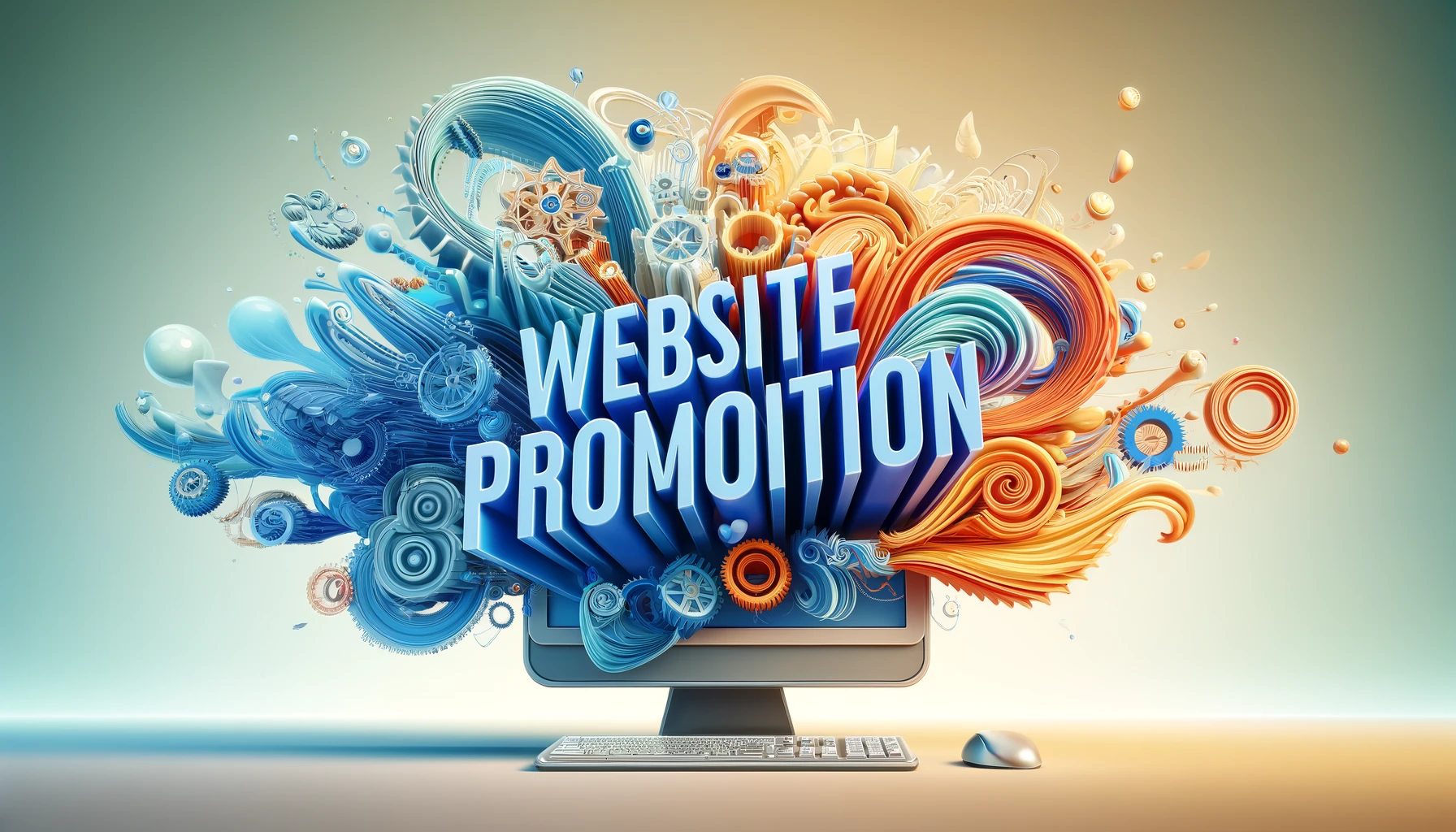Web Design Blog

Exploring Future Web Design Technologies
Future Web Design Technologies: AI, AR & Voice Trends
Future web design technologies are redefining how websites look, behave, and convert. From AI that personalizes experiences in real time to AR that helps customers visualize products in their environment, and voice interfaces that allow hands-free navigation — these advances are not just trends; they are powerful tools that businesses can use today. At Tatem Web Design LLC in Stuart, Florida, we help local companies embrace these innovations to create faster, smarter, and more engaging websites that truly stand out.
Why future web design technologies matter for your business
Design is no longer purely aesthetic — it’s functional, data-driven, and centered around the user experience. By adopting future web design technologies, businesses can improve user satisfaction, boost conversions, and remain competitive in both search and engagement. Moreover, for small and medium-sized businesses in Stuart and across South Florida, thoughtful adoption of these tools can deliver measurable ROI without completely rebuilding your website. In fact, even minor updates can have a major impact on visibility and performance.
Artificial Intelligence: personalization and automation
Artificial intelligence is the driving force behind many modern website innovations. It transforms raw visitor data into actionable insights, automates repetitive tasks, and powers personalization at scale. As a result, companies can deliver unique experiences that adjust dynamically to each user’s preferences.
Where AI helps the most
- Personalized content and layout: AI can automatically adjust headlines, product suggestions, and layouts based on visitor behavior.
- Smart chat and support: Intelligent chatbots instantly respond to queries, qualify leads, and escalate complex issues to human agents when necessary.
- Design automation: Machine learning tools accelerate prototyping and recommend UX improvements based on data.
- Predictive analytics: AI forecasts user journeys, allowing designers to make proactive improvements that increase conversions.
For example, businesses in Stuart, Florida can use AI to deliver a more personalized experience to visitors — a major advantage in competitive local markets. Furthermore, these AI-driven adjustments often reduce bounce rates and improve time-on-site metrics.
Augmented Reality (AR): immersive product experiences
AR technology is moving from novelty to necessity. By layering digital visuals over real-world environments, it allows customers to interact with products before purchasing. Consequently, it bridges the gap between online browsing and physical experience, making decisions easier and faster.
Practical AR use cases for websites
- Product visualization: Let shoppers preview furniture, décor, or other products within their own homes.
- Virtual try-ons: Retailers can enable customers to try on eyewear, clothing, or accessories virtually.
- Interactive tours: Restaurants, hotels, and event venues can provide immersive digital walkthroughs.
Integrating AR into responsive web design significantly enhances engagement. In addition, it boosts conversions by increasing user confidence and satisfaction. Ultimately, these experiences make a brand feel more innovative and trustworthy.
Voice User Interfaces (VUI): designing for spoken interactions
Voice technology is transforming how users search, shop, and interact with websites. Therefore, optimizing your site for voice means designing navigation and content that respond naturally to spoken commands. In addition, voice interfaces improve accessibility for users who prefer or require hands-free browsing.
Key voice design considerations
- Conversational content: Craft copy that directly answers questions as people would ask them aloud.
- Structured data: Use schema markup to increase your likelihood of appearing in voice search results.
- Local voice queries: Optimize for phrases like “near me” or “in Stuart Florida” to capture regional traffic.
While voice search continues to grow, many websites still overlook it. Consequently, early adopters in South Florida have an opportunity to gain a clear competitive edge.
Other technologies shaping the near future
Beyond AI, AR, and voice, several complementary innovations are emerging. These advancements, when combined strategically, can make a website more interactive, efficient, and user-friendly. Furthermore, they reflect broader shifts in how users expect to engage with online content.
- Progressive Web Apps (PWAs): Deliver app-like speed and offline functionality directly through browsers.
- 3D graphics & motion UI: Lightweight 3D visuals and subtle animation improve engagement and brand perception.
- No-code and low-code tools: Enable faster updates and empower business owners to manage content without developers.
- Privacy-first analytics: Provide valuable insights while maintaining compliance with data protection laws.
How to evaluate which technologies to adopt
Not every innovation suits every business. Therefore, you should carefully evaluate which future web design technologies align best with your goals and resources. For instance, consider both long-term impact and ease of integration before committing.
- Business fit: Does this technology address a real customer challenge or key performance goal?
- Cost vs. impact: Assess implementation costs compared to potential benefits.
- Technical feasibility: Check whether your existing site structure can support the upgrade.
- User readiness: Ensure your audience is comfortable using the new feature.
As a result of this evaluation, you can prioritize updates that deliver measurable benefits without overextending resources.
Steps to implement future web design technologies successfully
Introducing new web technologies requires planning and continuous improvement. To maximize success, follow a structured process that encourages testing, feedback, and refinement. Furthermore, a gradual rollout allows you to identify what works best for your audience.
- Audit current performance: Benchmark metrics like speed and conversions before making changes.
- Prototype and test: Build small-scale versions of new features to assess user reactions.
- Iterate with data: Use analytics and A/B testing to optimize each update.
- Prioritize accessibility and speed: Ensure new elements improve usability rather than slow performance.
How Tatem Web Design LLC approaches the future
At Tatem Web Design LLC in Stuart, Florida, we take a forward-thinking yet practical approach to innovation. We evaluate future web design technologies based on real business impact, prototype efficiently, and deploy solutions that balance creativity with technical performance. Additionally, our focus on scalability ensures clients benefit from innovation without sacrificing site stability or speed.
Conclusion
The digital landscape continues to evolve faster than ever. Embracing future web design technologies — including AI, AR, and voice — can elevate your brand, enhance user engagement, and drive measurable business growth. Furthermore, staying ahead of these trends ensures your website remains competitive and relevant. If you’re ready to explore how these innovations can transform your online presence, Tatem Web Design LLC can help you build a modern, future-ready website tailored to your goals.
Contact Tatem Web Design LLC in South Florida to discover which future web design technologies are right for your business.

